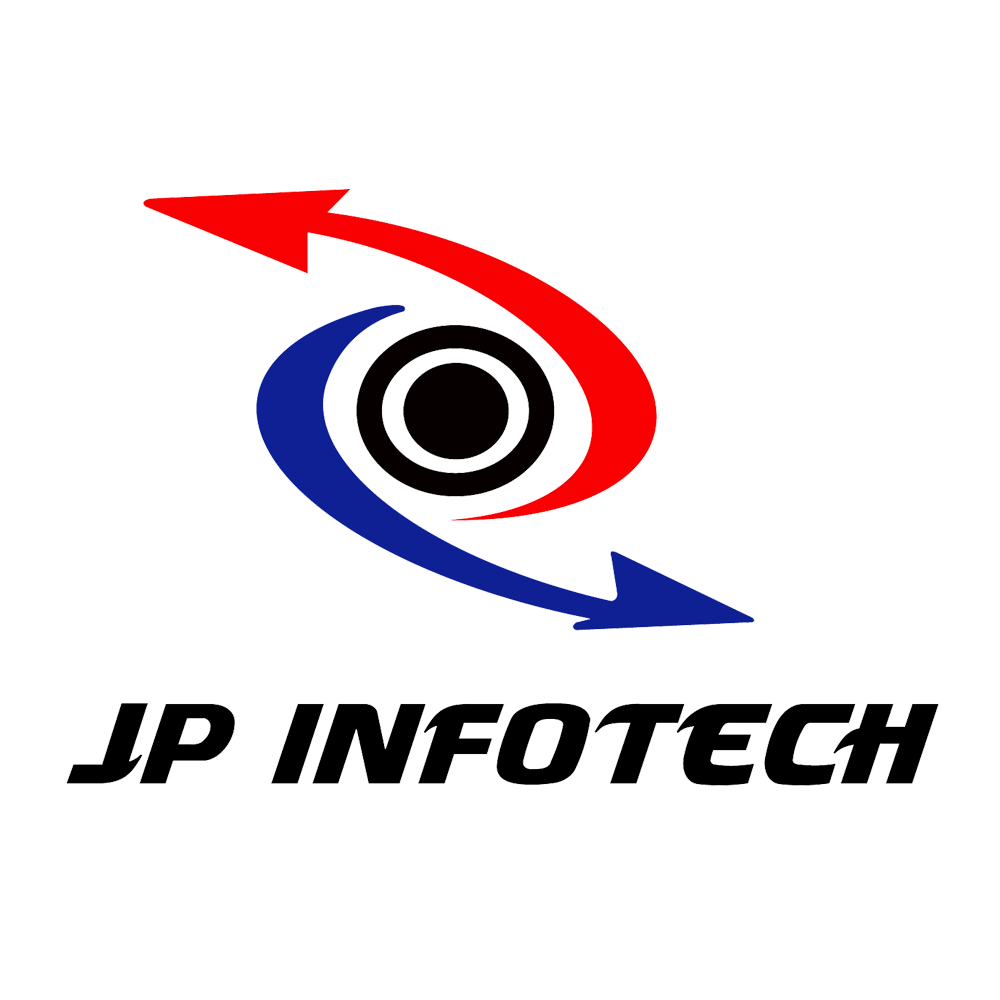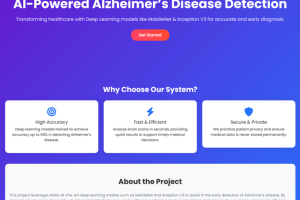
Fruit Quality Detection using Deep Learning for Rotten and Fresh Fruits Classification
Fruit Quality Detection using Deep Learning for Rotten and Fresh Fruits Classification
IEEE BASE PAPER TITLE:
Fresh or Rotten? Enhancing Rotten Fruit Detection With Deep Learning and Gaussian Filtering
IEEE BASE PAPER ABSTRACT:
We address the pressing issue of food waste by proposing a robust image classification model that can reliably detect rotten fruits. More than half of the fruit yield is lost along the supply chain, with post-harvest losses due to rottenness playing a pivotal role, as even a single decomposing piece can cause huge damage to nearby produce. Our transfer learning-based model uses the ResNet50 convolutional neural network architecture as a binary classification model to distinguish between fresh and rotten fruits. The model performance is enhanced with a Gauss filter and a dropout layer to ensure robustness and prevent over-fitting. We achieve high accuracies beyond 99% on unseen test data, setting a new benchmark and outperforming previous efforts. Our work has theoretical and practical implications. To the best of our knowledge, we are the first to explore the use of Gauss filters to preprocess input images in fruit classification. We find that Gauss filters with small kernel sizes improve the performance of our model. Our research can improve post-harvest applications through automation. It can thus help reduce food waste, improve food safety, and reduce costs for growers, distributors, and retailers, thereby improving the overall efficiency of the supply chain.
PROJECT OUTPUT VIDEO:
ALGORITHM / MODEL USED:
InceptionV3 Architecture, MobileNetV2 Architecture.
OUR PROPOSED PROJECT ABSTRACT:
Assessing fruit quality plays a vital role in the agriculture and food sectors to enhance consumer satisfaction and minimize waste. The project titled “Fruit Quality Detection using Deep Learning for Rotten and Fresh Fruits Classification” aims to classify fruits into three categories: Good Quality, Bad Quality, and Mixed Quality, leveraging deep learning techniques for efficient fruit grading. Developed using Python for the backend and HTML, CSS, JavaScript for the frontend, with Flask as the web framework, the system uses two powerful convolutional neural network (CNN) architectures: InceptionV3 and MobileNetV2.
The need for this project arises from the growing demand for automated quality assessment in the agriculture industry. Traditional methods of fruit grading are time-consuming and subjective, leading to inconsistencies and human errors. This system addresses these challenges by providing an objective, accurate, and scalable solution for fruit quality detection.
The dataset consists of 19,526 high-quality images from six different fruits: Apple, Banana, Guava, Lime, Orange, and Pomegranate which are organized into three distinct quality categories: Bad Quality (6,788 images), Good Quality (11,664 images), and Mixed Quality (1,074 images). Each category contains images of the six fruits, and the data is processed into structured sub-folders to facilitate model training.
Preprocessing steps include data collection and labeling, DataFrame creation, label type conversion, and sample image dimension analysis. The data labeling process assigns each image to its corresponding quality category, and the dataset is further prepared for model input through a series of transformations.
The system evaluates the performance of both models using key classification metrics: Recall, F1 Score, Precision, and Confusion Matrix, with results visualized through accuracy and model loss charts. The InceptionV3 model achieved a training accuracy of 94% and validation accuracy of 94%, while the MobileNetV2 model outperformed with a training accuracy of 97% and validation accuracy of 98%. The project’s successful application in classifying fruit quality showcases the potential of deep learning models in real-time quality assessment, offering a scalable solution for automated grading systems.
SYSTEM REQUIREMENTS:
HARDWARE REQUIREMENTS:
- System : Pentium i3 Processor.
- Hard Disk : 20 GB.
- Monitor : 15’’ LED.
- Input Devices : Keyboard, Mouse.
- Ram : 8 GB.
SOFTWARE REQUIREMENTS:
- Operating System : Windows 10 / 11.
- Coding Language : Python 3.12.0.
- Web Framework : Flask.
- Frontend : HTML, CSS, JavaScript.
REFERENCE:
LEOPOLD FISCHER-BRANDIES, LUCAS MÜLLER, JUSTUS JOHANNES RIEGGER, AND RICARDO BUETTNER, “Fresh or Rotten? Enhancing Rotten Fruit Detection With Deep Learning and Gaussian Filtering”, IEEE Access, VOLUME 13, 2025.



